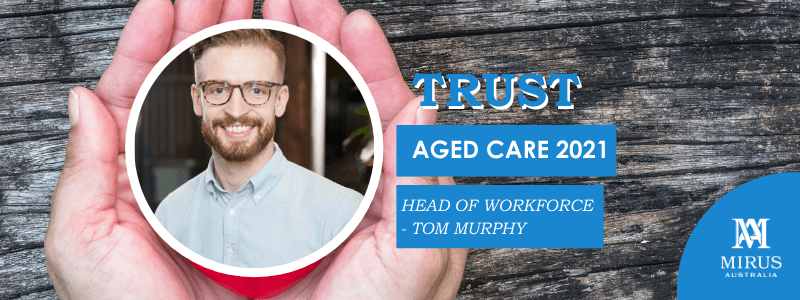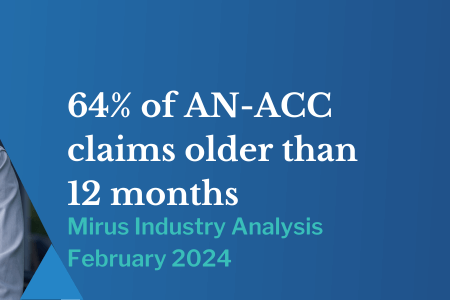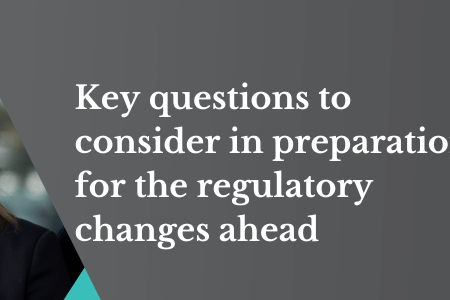The Trust Series: The importance of trust in aged care in 2021
March 18, 2021 | Workforce Management

In the previous blogs, we explored:
1. How trust affects productivity and effectiveness within the organisation.
2. Productivity and effectiveness are often a common denominator to innovation and morale.
We discussed trust at a team and organisational level, it is time that we look at trust through the lens of the aged care industry, especially in the changing landscape of 2021.
Trust is defined as a response to and management of social vulnerability. It is argued this makes trust a fundamental concept for understanding human service and social care institutions, including aged care.
The Royal Commission Final Report reviewed that Australia’s changing demographics significantly influence the demand for and provision of aged care. The aged care sector is facing an aging population with increasing frailty. Care requirements are evolving to varying levels of sophistication, as with the skillset required in the industry.
There are distinct yet interrelated forms of trust: interpersonal, institutional, organisational and public trust. All of these forms are shown to be critical in conceptualising and evaluating the perceived trust deficit facing contemporary aged-care systems, and existing evidence shows how these forms of trust can reinforce, conflict and misalign with each other.
Efforts to rebuild trust in aged care at an organisational and institutional level should ensure mechanisms facilitate rather than hinder the formation of interpersonal trust relations between individual service users, their families and aged care staff.
More Australians believe aged care recipients are treated with respect, consideration and empathy this year than they did last year, but they are still in the minority.
It is the same for people’s trust in the aged care system, according to the Inside Aged Care Report 2020, which insights agency Faster Horses Consulting developed based on a survey of 2,072 Australians.
To rebuild trust in the industry, transparency and clear communication will be key. Every provider presents their information in a different format, making it difficult for client to compare, and every client’s situation and care needs are different. However that does not mean the process can’t be transparent.
The introduction and admission process can often be disorganised, overwhelming and complicated, with bureaucratic paperwork and misinformation. Clients can be lost simply because no one returned their call.
Workforce allocation is the next puzzle when it comes to day-to-day operations. How do you optimise your cost without undermining the quality of care?
As a provider, how do you play your part in building trust in the industry, your clients and your employees in particular? What have you planned in the pipeline and what do you need help with?
Other blogs in The Trust Series:
- How trust affects productivity and effectiveness within the organisation
- Trust is the link to innovation and morale
- Building trust at work
- People + technology = trust
Want to find out more? Please get in touch with Tom.
Tom Murphy is Head of Workforce Management at Mirus Australia and with his team, they are optimising staff coverage to the care needs of a provider’s residents, minimising the complexity of interpreting awards and integrating technology for improved financial sustainability in aged care.
Strength in numbers. Is the short answer. Please get in touch with us to find out more about Mirus Works! or please connect with Tom via LinkedIn


